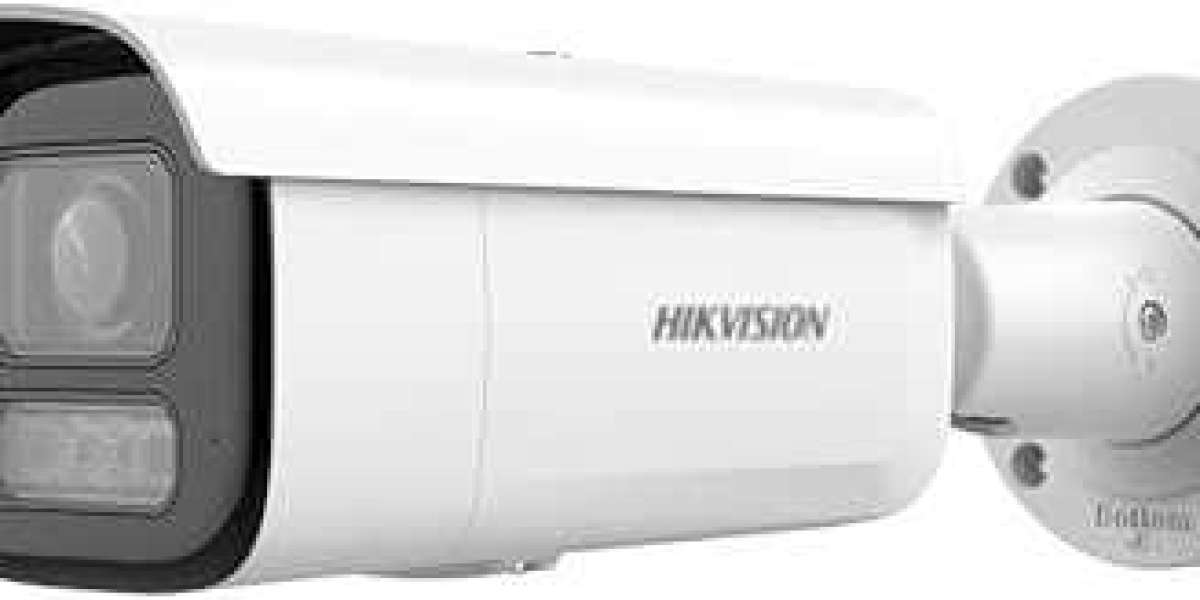Amazon Drone, the global e-commerce giant, is at the forefront of an exciting new development in the logistics industry with its Amazon Prime Air initiative. Using cutting-edge drone technology, Amazon aims to transform the way packages are delivered to customers by making it faster, more efficient, and environmentally friendly. While still in its development and testing phase, Amazon Drones represent the future of package delivery, with the potential to speed up delivery times and reduce carbon footprints.
What is Amazon Prime Air?
Amazon Prime Air is Amazon’s ambitious drone-based delivery service that promises to deliver packages directly to customers in as little as 30 minutes. The service is designed to operate autonomously, with drones flying pre-programmed routes to deliver lightweight packages to customers’ doorsteps.
Prime Air is part of Amazon's ongoing mission to reduce delivery times, improve the customer experience, and move toward more sustainable practices. While still being refined in various regions, the service aims to leverage drone technology to provide quicker deliveries and decrease the reliance on delivery trucks, which contribute to congestion and pollution.
How Amazon Drones Work
Amazon drones are designed with advanced technology to navigate complex environments and safely deliver packages to customers. Here's how the process typically works:
- Order Placed: After a customer places an order on Amazon Prime, the system identifies the closest fulfillment center that has the item ready for dispatch.
- Drone Dispatch: Once the order is ready for delivery, an Amazon Prime Air drone is dispatched. The drone is equipped with a secure compartment to carry the package.
- Autonomous Flight: The drone follows an autonomous flight path using GPS, cameras, and other sensors. It can avoid obstacles like trees, buildings, and power lines during its flight.
- Package Delivery: Upon reaching the customer's location, the drone lowers the package to the doorstep or designated drop-off point using a winch or release mechanism.
- Return to Base: After completing the delivery, the drone returns to its base to await the next assignment.
Key Features of Amazon Drones
Amazon’s drones are built with a range of high-tech features designed to ensure the efficient and safe delivery of packages:
- Advanced Navigation: Drones are equipped with high-precision GPS, cameras, and sensors to enable autonomous navigation and obstacle avoidance.
- Efficient Power: The drones are designed to carry lightweight packages and have sufficient battery life to travel up to 15 miles per trip, with longer distances expected in future models.
- Safe Delivery Mechanism: The drones are designed to safely deliver packages to customers, with mechanisms in place to lower packages gently without causing damage.
- Safety and Redundancy: The drones feature multiple fail-safes to handle technical issues and ensure the drones can safely return to base in case of emergencies.
Benefits of Amazon Drone Delivery
Faster Deliveries: One of the key advantages of Amazon drones is the speed at which they can deliver packages. With the ability to deliver items in as little as 30 minutes, drone deliveries could significantly reduce wait times for customers.
Environmental Impact: Amazon drones are more energy-efficient than traditional delivery vehicles, meaning they help reduce carbon emissions. The transition to drones could also reduce traffic congestion, as fewer delivery trucks will be on the road.
Convenience: Customers will enjoy the convenience of receiving packages directly to their doorstep without waiting for traditional delivery windows or missing delivery times.
Reduced Delivery Costs: Over time, drone deliveries could help Amazon reduce shipping costs by eliminating the need for ground-based transportation and optimizing delivery routes.
Challenges Facing Amazon Drones
While the concept of drone-based deliveries is exciting, there are several challenges Amazon must overcome to make Prime Air a reality:
Regulatory Approval: Drones must meet strict aviation and airspace regulations to operate safely. Getting approval from authorities like the FAA (Federal Aviation Administration) and other international regulators is a significant hurdle.
Weather Conditions: Weather can be a major factor affecting drone flights. High winds, rain, or poor visibility could make drone flights unsafe and delay deliveries.
Privacy and Security: There are privacy concerns around drones flying over residential areas, potentially capturing images of private property. Amazon will need to address these concerns to gain public trust.
Technical Reliability: Drones must be highly reliable to ensure safe operation. Malfunctions or technical failures could lead to crashes or lost packages, making system robustness essential.
Limited Payload Capacity: Currently, Amazon drones are designed to carry small packages that weigh under five pounds. This limits the type of products that can be delivered via drones, with larger items still requiring traditional shipping methods.
The Future of Amazon Drones
While drone deliveries are still in the testing phase, Amazon has made significant strides toward integrating drones into its delivery network. The long-term vision includes expanding drone operations in cities, rural areas, and international markets.
Amazon’s drones could eventually evolve to carry heavier loads, operate in more challenging environments, and deliver to a broader range of locations. In the future, it’s also possible that drones could work in conjunction with other delivery methods (like delivery vans) to ensure faster and more flexible service.
In addition to package delivery, Amazon drones could also pave the way for new applications, such as drone-based surveillance, emergency medical deliveries, or aerial mapping for businesses and government organizations.
Amazon Drone Purchase: Possibilities in the Future
As of now, Amazon drones are not available for purchase by consumers. However, the technology developed for Amazon Prime Air could eventually lead to the release of consumer drones that allow individuals to capture aerial footage or engage in recreational flying. These drones would likely feature many of the innovations Amazon is developing for its Prime Air service, including autonomous flight, advanced navigation, and enhanced safety features.
As drone technology continues to evolve, it’s possible that Amazon may enter the consumer drone market, offering drones that combine its expertise in logistics with consumer-friendly features.
Conclusion
Amazon drones are poised to revolutionize the logistics and e-commerce industries, making deliveries faster, more efficient, and sustainable. While full-scale drone deliveries are still in the development phase, the potential impact of Amazon Prime Air on the way we receive packages cannot be overstated.
By using drones to streamline delivery processes, Amazon is setting the stage for the future of autonomous transportation and is likely to inspire other companies to explore similar technologies. As drones become more advanced and regulatory hurdles are addressed, the dream of drone-based deliveries becoming the norm is becoming an exciting reality.







